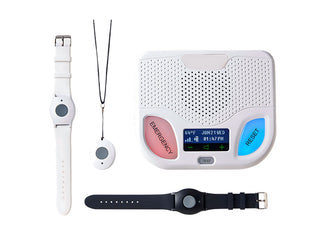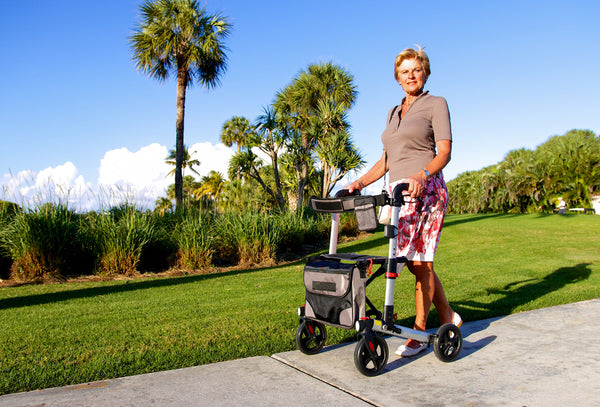Your Safety
Fall Prevention for Senior Citizens

As individuals age, their risk of experiencing falls and fall-related injuries increases significantly. Falls among senior citizens are a major public health concern and can lead to severe consequences, including fractures, hospitalizations, and loss of independence. However, with proper awareness, education, and preventive measures, the occurrence of falls can be significantly reduced, allowing seniors to lead healthier and more independent lives. In this article, we will delve into the importance of fall prevention for senior citizens, exploring the risks associated with falls, the impact on quality of life, and the strategies to mitigate this growing problem.
Understanding the Risks of Falls
- Age-Related Changes: Various physiological changes occur as individuals age, such as reduced muscle strength, balance impairment, and decreased sensory functions. These changes increase the vulnerability to falls and their consequences.
- Chronic Health Conditions: Certain chronic health conditions, including osteoporosis, arthritis, and cardiovascular diseases, can increase the risk of falls among older adults. Medications used to manage these conditions can also contribute to falls due to side effects like dizziness or imbalance.
- Environmental Factors: Hazards in the home environment, such as poor lighting, loose carpets, cluttered pathways, and lack of grab bars in bathrooms, significantly increase the risk of falls for seniors.
The Impact of Falls on Quality of Life
- Physical Consequences: Falls can lead to a range of physical injuries, including fractures, head trauma, and sprains, which can result in pain, reduced mobility, and functional limitations. Recovery from these injuries can be lengthy and may require extensive rehabilitation.
- Psychological Effects: Seniors who experience falls often develop a fear of falling, leading to decreased confidence, social isolation, and anxiety. This fear can restrict their activities and diminish their quality of life.
- Financial Burden: Fall-related injuries can have significant financial implications for individuals and healthcare systems. The cost of hospitalization, medical treatments, rehabilitation, and long-term care can be substantial, emphasizing the importance of proactive fall prevention strategies.
Strategies for Fall Prevention
- Regular Exercise: Engaging in regular physical activity, such as strength training, balance exercises, and tai chi, can enhance muscle strength, flexibility, and balance, reducing the risk of falls.
- Medication Review: Regular medication reviews by healthcare professionals can help identify drugs that may increase the risk of falls. Adjustments in medication regimens can minimize side effects and improve overall safety.
- Vision and Hearing Assessments: Regular vision and hearing tests are crucial for identifying any sensory impairments that may contribute to falls. Corrective measures like glasses or hearing aids can improve sensory functioning and reduce fall risk.
- Home Modifications: Modifying the home environment to remove hazards is essential for fall prevention. This includes ensuring adequate lighting, removing loose rugs or clutter, installing grab bars in bathrooms, and improving accessibility.
- Footwear Considerations: Wearing proper footwear with non-slip soles and good support can significantly reduce the risk of falls. Seniors should avoid high heels, floppy slippers, or shoes with worn-out treads.
- Nutrition and Hydration: A balanced diet with sufficient intake of nutrients like calcium and vitamin D is crucial for maintaining bone health and preventing conditions like osteoporosis. Staying hydrated is also important to avoid dizziness or fainting.
- Regular Health Check-ups: Routine check-ups allow healthcare providers to monitor seniors' overall health and identify any underlying conditions or risk factors for falls. Timely intervention can reduce the risk of falls and associated complications.
Conclusion
Falls among senior citizens are a significant health concern, but they are not an inevitable part of aging. By understanding the risks associated with falls and implementing appropriate preventive measures, the occurrence of falls and the resulting consequences can be significantly reduced. It is crucial for seniors, their families, healthcare professionals, and communities to prioritize fall prevention strategies to ensure the safety, well-being, and independence of older adults. With proactive efforts, we can create an environment that promotes healthy aging and empowers senior citizens to live life to the fullest, free from the fear of falls.







